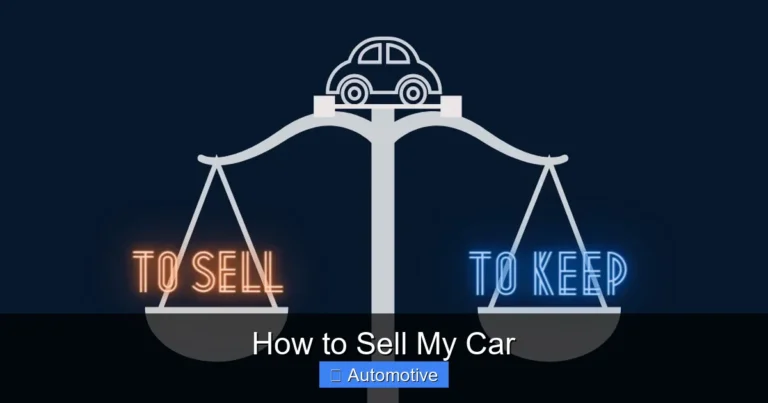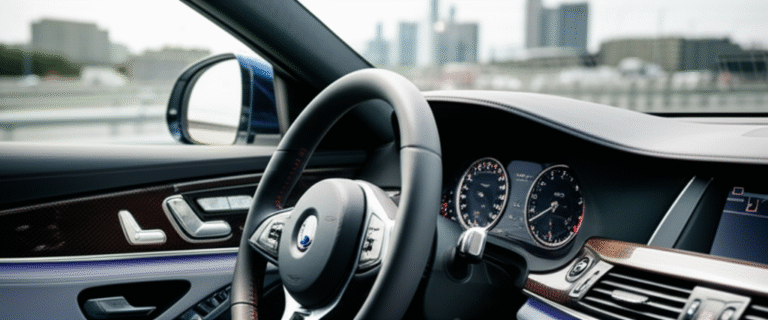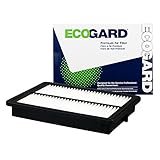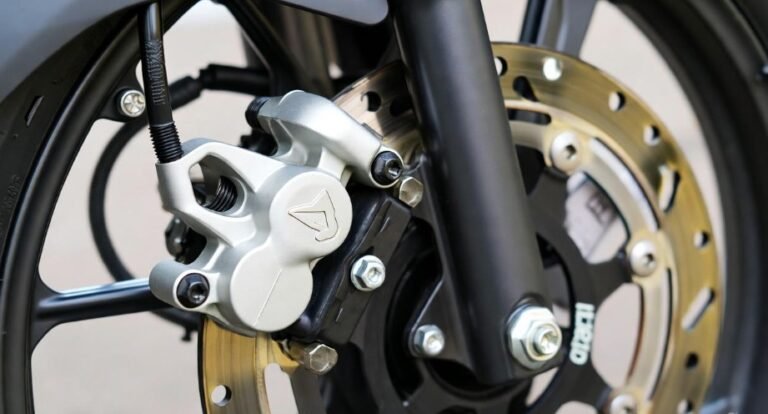Solved: Car Stopped Running While Driving and Won’t Start – Full Guide to Fix the Issue
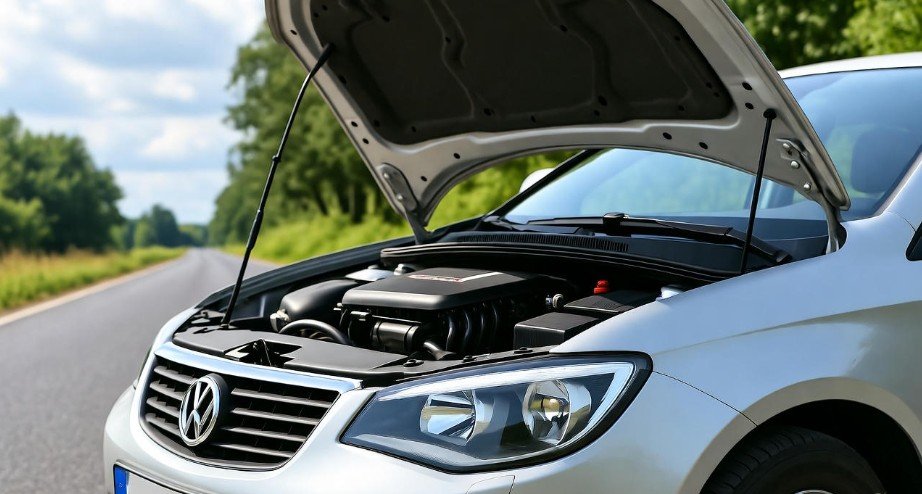
When your car stopped running while driving and won’t start, it can feel overwhelming. One moment everything is normal, and the next your vehicle loses power and rolls to a stop. This situation can be scary, especially if it happens while you are in traffic or far from home. Most drivers experience it at least once, yet many have no idea what to do first. The key is understanding what may have caused the sudden stall and how to safely diagnose the problem step-by-step.
This guide will walk you through reasons why this happens, what to check immediately, and how to prevent it in the future. The tone will be clear and friendly, as if we are standing together beside your car, figuring it out calmly. We will avoid confusing jargon and focus on simple explanations and real solutions you can follow with confidence.
From a dead battery to a failing fuel pump, this issue can come from several places. But with patience and careful steps, you can narrow down the cause and decide what needs repair. So take a breath. Your car can recover. Let’s break it down.
In This Article
- 1 Understanding the Situation: Why Your Car Suddenly Stalled
- 2 Common Reasons Your Car Stopped and Will Not Restart
- 3 What To Do Immediately When Your Car Stalls
- 4 Listening to Your Car: Clues From the Way it Behaves
- 5 Checking the Battery and Electrical System First
- 6 Inspecting the Fuel System
- 7 Checking the Ignition System
- 8 Advanced Troubleshooting: Using Diagnostic Tools
- 9 Immediate Actions to Take When Stalled
- 10 Calling for Professional Help
- 11 Preventing Future Stalls
- 12 Real-Life Stories: Why Understanding Helps
- 13 FAQs About Car Stalling and Starting Issues
- 14 Conclusion: Stay Calm, Diagnose, and Resolve
Understanding the Situation: Why Your Car Suddenly Stalled
Feeling your car stall in the middle of the road is like having the rug pulled out from under you. Everything just stops at once. The engine cuts off. The gas pedal does nothing. Steering feels heavier. Even the dashboard lights may flicker or go dark. When your car stopped running while driving and won’t start, it means something essential to the engine’s operation was interrupted.
A car engine needs three basic things to run:
-
Fuel to burn
-
Spark/ignition to fire the fuel
-
Power to keep the electrical system functioning
If one of these fails, the engine shuts down.
There are several possible causes, and understanding which applies to your situation helps prevent guessing or replacing parts unnecessarily. For example, if the battery dies while driving, the alternator may be failing. If the fuel pump stops, the car may stall like it is choking. If the ignition coil fails, the engine may crank but never start again. Each cause has signs you can look for, and we will cover these in the next sections.
The key idea is this: the stall happened because the engine lost what it needs to stay alive. Now we simply track which part failed.
Common Reasons Your Car Stopped and Will Not Restart
Let’s explore the most likely causes. These are not rare or unusual. They are everyday mechanical issues that happen to cars of all ages.
1. Dead or Weak Battery
A battery is the heart of the car’s electrical system. Even if the engine runs on fuel, it still relies on steady electrical power. If your battery was weak already, the strain of driving could have drained it fully.
Signs of a dead battery:
-
Clicking sound when trying to start
-
Dim or flickering lights
-
Dashboard lights appear and disappear
A battery can die while driving if the alternator stops charging it. In this case, the car uses whatever charge is left in the battery until nothing is left, and then it shuts off.
2. Faulty Ignition Switch
The ignition switch controls power flow to your engine and electrical components. If it fails, your car may shut down instantly as if it was turned off.
Signs include:
-
Car cuts out with no warning
-
Electrical accessories shut off suddenly
-
The engine cranks but does not start
A failing ignition switch can feel unpredictable—sometimes the car runs fine, and sometimes it just quits.
3. Fuel Delivery Problems
Your engine needs fuel pressure to run. If something blocks or interrupts the fuel supply, the engine will starve and shut down.
It can be caused by:
-
Clogged fuel filter
-
Weak or dead fuel pump
-
Low fuel pressure
A clogged fuel filter often worsens slowly. You may notice hesitation or sputtering before the stall. A fuel pump failure, however, can happen all at once.
4. Overheating Engine
If your engine overheats, it may shut down as a protective measure. Severe overheating can damage internal parts, making the car unable to restart.
Common overheating signs:
-
Temperature gauge near red zone
-
Steam under the hood
-
Sweet burning smell (coolant leaking)
5. Broken Timing Belt or Chain
This one is serious. The timing belt synchronizes engine movement. If it snaps, the engine stops immediately and may suffer major internal damage. In this case, restarting may not be possible without repairs from a mechanic.
What To Do Immediately When Your Car Stalls
Stalling while driving is not just inconvenient—it can be dangerous. Safety comes first.
Steps to follow:
-
Stay calm. Panic leads to mistakes.
-
Steer carefully to the side. Use momentum, even if the engine is dead.
-
Turn on hazard lights. This alerts other drivers.
-
Put the car in park and try restarting. Listen carefully to how the engine behaves.
-
Do not keep cranking repeatedly. This can drain the battery and flood the engine.
Now you are safe and positioned to figure out the cause.
Listening to Your Car: Clues From the Way it Behaves
When diagnosing why your car stopped running while driving and won’t start, your senses are your best tools. The car communicates through sound, smell, and dashboard signals.
Pay attention to:
-
Does the engine crank? (turn over)
-
Do dashboard lights appear?
-
Does the starter make a clicking noise?
-
Did the car sputter before stalling or stop instantly?
-
Did any warning lights come on before it died?
Here is what these clues may mean:
| Symptom | Likely Problem | What It Suggests |
|---|---|---|
| Engine cranks but does not start | Fuel or spark issue | Fuel pump, filter, injector, ignition coil |
| No crank and no lights | Dead battery or loose connections | Battery terminals corroded or alternator failure |
| Sudden shutdown like a switch | Ignition switch or electrical fault | Power supply was interrupted instantly |
| Car sputtered before dying | Fuel starvation | Clogged fuel filter or pump failing |
This step saves time and prevents replacing parts unnecessarily.
Checking the Battery and Electrical System First
The battery is the easiest place to start because it is quick to test and fix. Even if you believe the battery is fine, it is still worth checking.
Steps to inspect:
-
Lift the hood and look at the battery terminals.
-
Are they clean or covered in white powder-like corrosion?
-
Wiggle the cables to ensure they are not loose.
-
Look for frayed or cracked wires.
If you have access to cables and another vehicle, try a jump-start.
However:
-
If the car starts with a jump but stalls again, the alternator may be the real issue.
-
If no power flows even with a jump, the connection may be damaged.
Electrical failures can mimic bigger engine problems, so start here before moving deeper.
Inspecting the Fuel System
Once the battery and electrical system are checked, the next area to examine is the fuel system. Even if your car has power, it cannot run without fuel reaching the engine. Fuel issues can range from a simple clogged filter to a failing fuel pump.
Steps to Check Fuel Delivery:
-
Fuel level: It sounds simple, but make sure you have enough fuel. Low fuel is surprisingly common.
-
Fuel pump: Listen closely near the fuel tank when you turn the ignition on. A humming sound usually indicates the pump is working. Silence may mean a malfunction.
-
Fuel filter: A clogged filter can slowly starve your engine. If the car sputtered before stopping, this could be the culprit.
-
Fuel injectors: Dirty or faulty injectors may prevent the proper mixture from reaching the cylinders. This requires professional cleaning or replacement.
Addressing fuel issues often restores your car to life without major repairs, so it’s worth investigating carefully.
Checking the Ignition System
The ignition system is the spark that starts it all. If your car stopped running while driving and won’t start, the spark may be the missing link. This includes the ignition coil, spark plugs, distributor, and related wiring.
Signs of an ignition problem:
-
Engine cranks but does not fire
-
Weak or misfiring engine sounds before stopping
-
Strong smell of unburnt fuel
Simple inspections you can do:
-
Look for worn spark plugs or loose wires
-
Check for damaged ignition coils or connectors
-
Smell for fuel leakage or abnormal odors
If you notice damage or wear, replacing spark plugs or the ignition coil may restore your car’s ability to start.
Advanced Troubleshooting: Using Diagnostic Tools
For modern cars, an OBD-II scanner can be a game-changer. These devices connect to the car’s diagnostic port and read error codes stored by the vehicle’s computer. Error codes can tell you exactly which system is failing.
How to use an OBD-II scanner:
-
Plug the scanner into the car’s OBD port (usually under the dashboard).
-
Turn the ignition to the “on” position.
-
Read the error codes displayed and consult the manual or online guides.
This technique is particularly helpful for problems like sensor failures, fuel system malfunctions, or intermittent electrical issues. By using an OBD scanner, you save time, reduce guesswork, and avoid unnecessary expenses.
Immediate Actions to Take When Stalled
Even after identifying potential causes, acting quickly is essential to prevent further damage or risk on the road.
Steps to follow immediately:
-
Move the car to a safe location, away from traffic.
-
Turn on hazard lights to alert other drivers.
-
Attempt a restart cautiously. If unsuccessful, avoid repeated cranking.
-
If you suspect the battery, try jump-starting.
-
Check fuses for any blown connections.
Remaining calm and methodical can prevent the situation from escalating into a more serious accident or engine damage.
Calling for Professional Help
Sometimes the problem is beyond what you can safely handle. Calling a qualified mechanic or roadside assistance is the smartest move. Professionals can:
-
Diagnose complex issues accurately
-
Repair or replace faulty components
-
Tow your car safely if needed
Trying to fix advanced problems yourself may cause more damage. Even if you are handy, a professional’s tools and experience can save you both time and money.
Preventing Future Stalls
Prevention is always better than repair. Regular maintenance reduces the chance your car will stop running while driving and won’t start.
Maintenance checklist:
-
Change oil and filters routinely
-
Check and replace spark plugs, ignition coils, and belts
-
Inspect the battery and alternator
-
Keep fuel system clean with additives or professional cleaning
-
Monitor coolant and prevent overheating
Taking these steps ensures your car stays reliable, and you avoid sudden breakdowns that could have been prevented.
Real-Life Stories: Why Understanding Helps
Imagine driving to work and suddenly your car dies in the middle of a busy intersection. You try to start it—nothing. Panic sets in. But because you knew to check the battery, ignition, and fuel system, you quickly identify the battery is dead. A jump-start gets you moving, and a mechanic confirms the alternator is failing.
Being prepared, knowing the signs, and understanding how your car communicates can turn a stressful situation into a manageable one. It’s not just about fixing the car—it’s about staying safe, calm, and informed.
FAQs About Car Stalling and Starting Issues
1. Can a car stop running because of a dead battery while driving?
Yes, if the alternator fails, the battery loses its charge, causing the car to stall.
2. What are the signs of a fuel delivery problem?
Sputtering, difficulty accelerating, or sudden shutdown are common indicators.
3. How can I tell if the ignition switch is faulty?
Sudden loss of power to the engine and electrical components, sometimes with no warning, points to a failing ignition switch.
4. Will jump-starting always solve a stalling car problem?
Only if the issue is battery-related. If the alternator, fuel system, or ignition is failing, the car may stall again.
5. How often should I check my car’s battery and fuel system?
At least every six months, and before long trips. Regular checks can prevent most sudden stalls.
6. Can I drive my car after it stalls?
Not until the cause is resolved. Restarting and driving without fixing the underlying problem can damage the engine further.
7. Is professional help necessary for a broken timing belt?
Absolutely. A snapped timing belt can cause severe engine damage and requires skilled repair.
8. Can regular maintenance prevent sudden stalling?
Yes, keeping the battery, ignition, fuel system, and engine components in top condition significantly reduces the risk.
Conclusion: Stay Calm, Diagnose, and Resolve
Experiencing your car stopped running while driving and won’t start is frustrating, but panic only makes it worse. Understanding the most common causes—battery failure, ignition issues, fuel delivery problems, overheating, or timing belt issues—allows you to act strategically.
Start with safety, check the battery and electrical system, inspect the fuel and ignition systems, and use tools like an OBD-II scanner if needed. If the problem persists, seek professional help. Regular maintenance and careful observation of warning signs are the best long-term strategy.
Remember, staying calm and following a step-by-step approach ensures you get back on the road safely, efficiently, and with confidence. With knowledge and preparation, what once felt like a nightmare can become a manageable, even teachable, moment in your driving experience.


